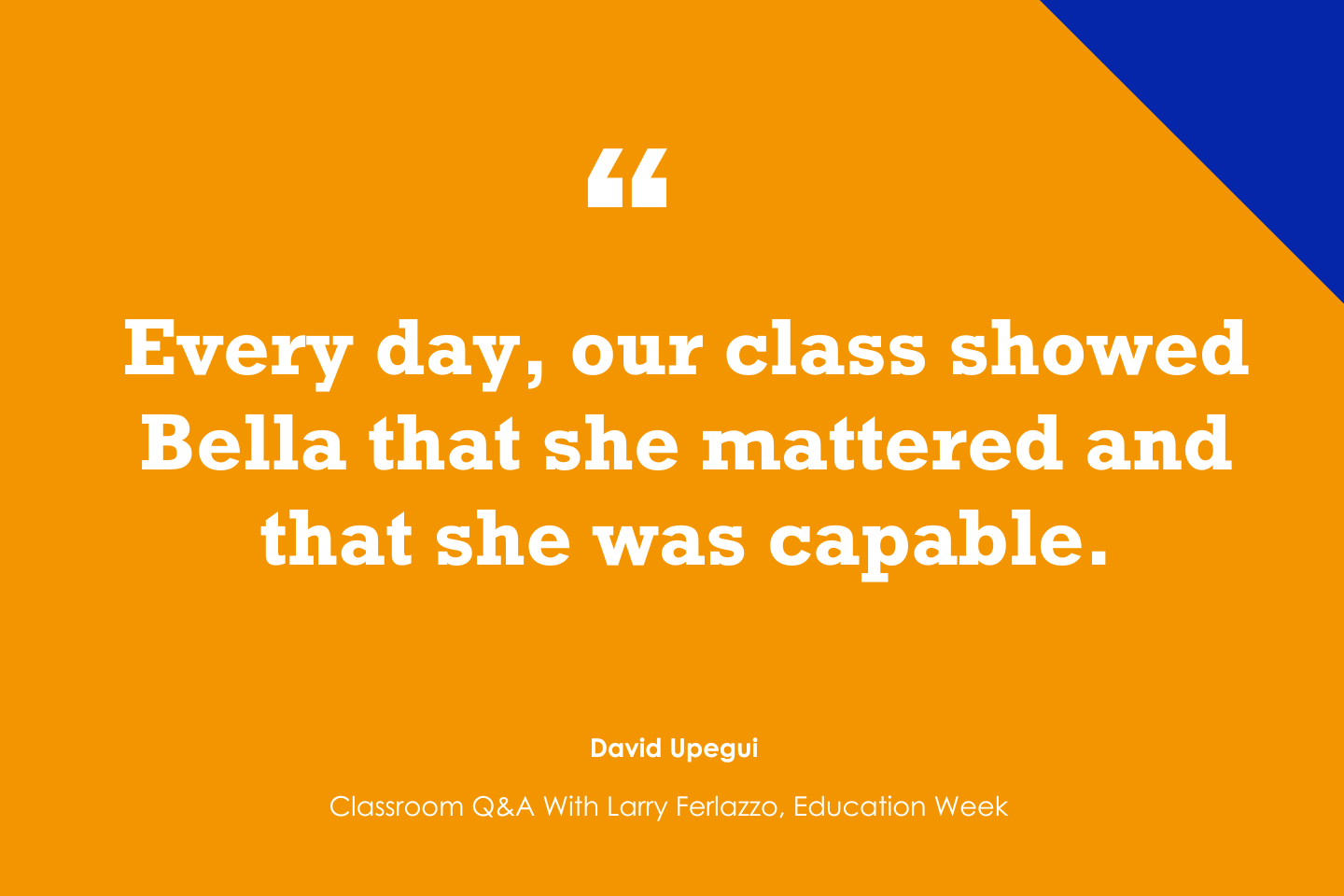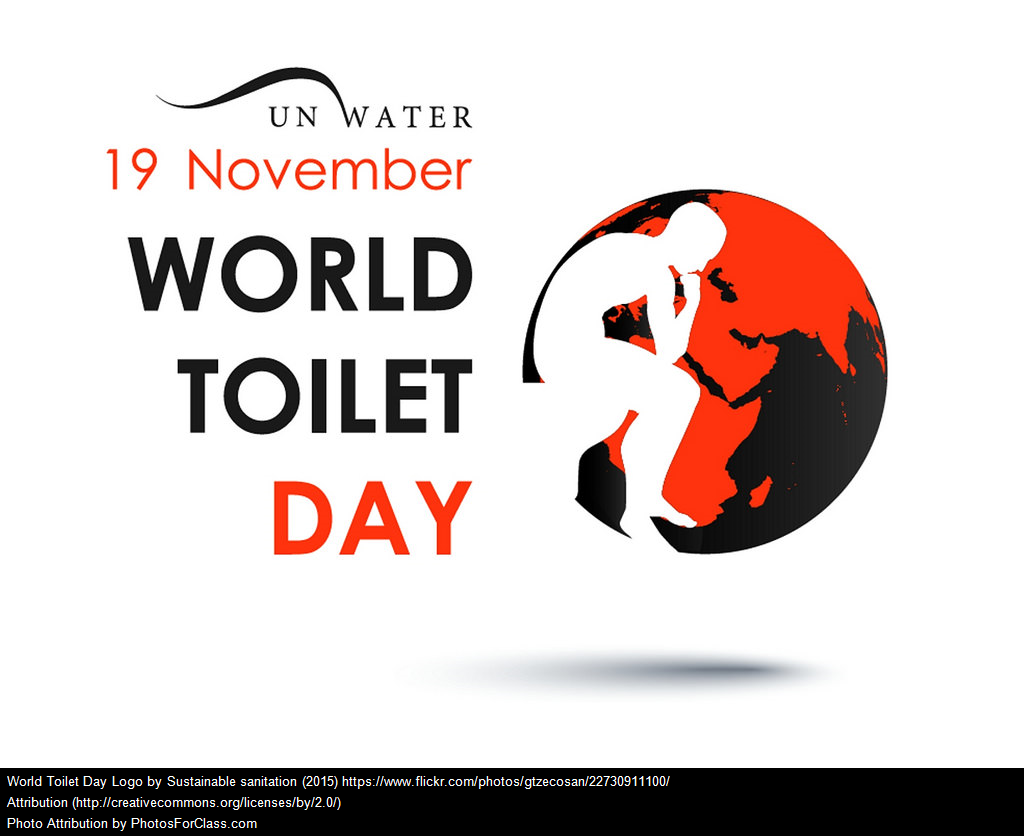Key points:
Phenomena-based learning uses concepts and techniques from different scientific disciplines
5 helpful hacks for managing a STEM classroom
Why diversity and STEM education are critical to our future workforce
For more news on science learning, visit eSN’s STEM & STEAM hub
I was terrified, to be very honest, when my district switched to the Next Generation Science Standards (NGSS) and I had to begin using phenomena-based instruction. If you look at the standards, they’re a scary, giant book!
Once I set my mind to jump in, however, it was exciting to see my students becoming energized and engaged because they were able to see for themselves why science is relevant to their lives. Here’s how I was able to overcome my fear and get started–and why phenomena-based science is so important for our students.
How does phenomena-based teaching help?
Phenomena-based learning is an inquiry-driven model that asks students to investigate complicated phenomena using concepts and techniques from different scientific disciplines. Before I adopted phenomena-based instruction, most of the questions students asked were some variation on, “Is this going to be on the test?” They were focused on whether they would have to memorize this fact or that process to pass a test.
With phenomena-based instruction, students create the “driving question” that they are trying to answer, and therefore never ask me if it’s going to be on the test. Instead, they are constantly asking themselves, “How does this connect to my driving question?”
I think most teachers have heard students asking again and again, “Why do I need to learn this?” The exciting thing about phenomena-based instruction is that they don’t wonder why what they’re learning is relevant. They see how to make the connections for themselves. As teachers, we know that they need to learn science so they’ll be able to make informed decisions as adults and citizens of the world, and when they engage in phenomena-based learning, they see for themselves how scientific information is applied to everyday life. Even if they don’t become a scientist or some other kind of “science person,” I want them to understand how science works, how it affects their lives, and how it can help them build their critical thinking skills. Phenomena-based instruction provides an opportunity to practice all of that.
Challenges of phenomena-based teaching
As a science teacher, I help students make connections between concepts and their lives every day, but coming up with phenomena for students to study can be overwhelming. A good phenomenon should be something:
You can see in your classroom
That both you and your students are interested in
Complex enough that students will draw on multiple scientific disciplines to understand it
Aligned to the appropriate standards
Not easy to Google
A recent example of a chemistry phenomenon relevant to students here in California is wildfires, which provide opportunities to explore the combustion reaction, why wildfires are more common than they were in recent history, how to perform a stoichiometry calculation to determine the amount of carbon dioxide released, scaling carbon dioxide release from a toothpick to all the wildfires in a particular year, and the effect on students and climate change.
Since I adopted phenomena-based instruction, I have been using the curriculum from Kognity because it provides me with the phenomena so I don’t have to come up with new ones myself day after day. It has made it easier for me to jump straight in and begin guiding my students as they ask questions and begin exploring their phenomena. The curriculum also includes an outline and suggestions about what to include and how to teach it, which I really appreciate because it allows me to sequence the lessons in a way that highlights the concepts relevant to the phenomena more clearly for my students.
Another challenge I’ve encountered since adopting phenomena-based learning is the need to give students so many opportunities to discuss connections to their phenomena’s driving question over and over again. I like a lot of classroom discussion, and I always encourage students to think out loud and help each other in general, but I still had to remind myself to get into a pattern of asking them at the end of class, “What is your driving question?” and, “Tell your partner what you can explain about your driving question so far.” It’s not like traditional instruction where you just teach the subject and move on. You have to give them time to synthesize the connections multiple times. In addition, certain topics will spiral back later in another unit, diving deeper into the topic. This allows the students to see that this is a relevant concept to many scientific topics, and you have to make this explicitly known to them.
Another challenge I see a lot of teachers struggle with when it comes to phenomena-based instruction is the fact that it’s just not how we learned science. We haven’t taught this way before, either. It’s hard to make changes during our careers, but the improved student outcomes are worth it in this case.
Embracing phenomena-based teaching
The key to diving into phenomena-based instruction for me was finding a resource that offers high-quality phenomena to get my students started. Kognity is also a useful resource for reading and review material, because each lesson includes several different sections that are easy to hide or highlight, depending on where I want my students to focus their attention. I love when my students are curious and want to learn everything they can, but sometimes I don’t want the most eager students in the class to get ahead of everyone else.
Having those resources, along with assignment and assessment options, made it possible for me to use the phenomena in the curriculum and see how I needed to rearrange things from the more traditional approach to science instruction I used to use. I still use many of the same labs, activities, and even worksheets that I found effective before I adopted phenomena-based instruction. Just like students, teachers learn better when we can explore and try new things out and see how they relate to what we already understand and know is effective.
Last year was my first using phenomena-based instruction, and of course, with a big change like that there are always some ups and downs. Overall, however, I saw more engaged students right from the beginning. In my second year, I have figured out the flow a little better, and those ups and downs have mostly leveled out. My students understand chemistry better. For example, stoichiometry is a heavily math-focused concept that students struggled to apply because it was just math and chemistry word problems. By connecting it to the combustion unit and its driving question, “How do scientists estimate the amount of carbon dioxide that is released from a wildfire?” students were able to use their stoichiometry skills to calculate how much carbon dioxide was released from a lab–first in the classroom by burning two toothpicks and then scaling up to all 2020 wildfires in California. After completing some additional research, they were not only able to see the relevancy, but to evaluate the limitations to the method. Though it’s still early, my students are also testing well above the average on state assessments, scoring 22 percent above the state’s “met and exceeded standard” and 10 percent above the county’s “met and exceeded standard” on their 2022-23 California Science Test (CAST). Maybe the most exciting part to me is that I have had more students asking how they can continue in the sciences because they feel more comfortable with the subject now.
For fellow science teachers considering a similar shift, I will say this: If you make the change to phenomena-based learning a continuous and gradual process, it’ll be easier to manage than you might think–and it won’t just benefit your students. It’s made teaching exciting for me again. It has energized me and refreshed my excitement to teach new things. When my students feel connected to the information they’re learning, it makes me feel confident that I am not just getting them ready for a test, but preparing them to spend their lives exploring and understanding the world around them.
I was terrified, to be very honest, when my district switched to the NGSS and I had to begin using phenomena-based instruction. If you look at the standards, they’re a scary, giant book! Curriculum & Assessment, Featured on eSchool News, STEM & STEAM, STEM & STEAM Trends, district, generation, high school, instruction, IT, next generation science standards, NGSS, school, science, science instruction eSchool News









